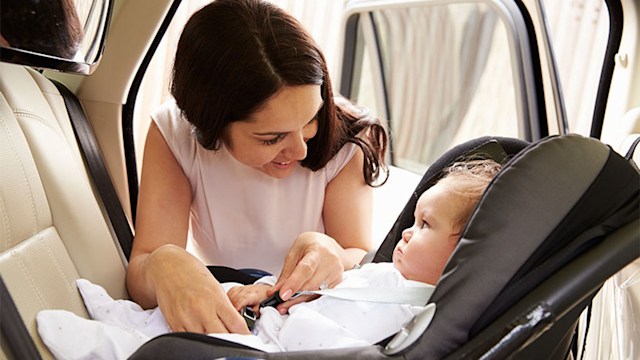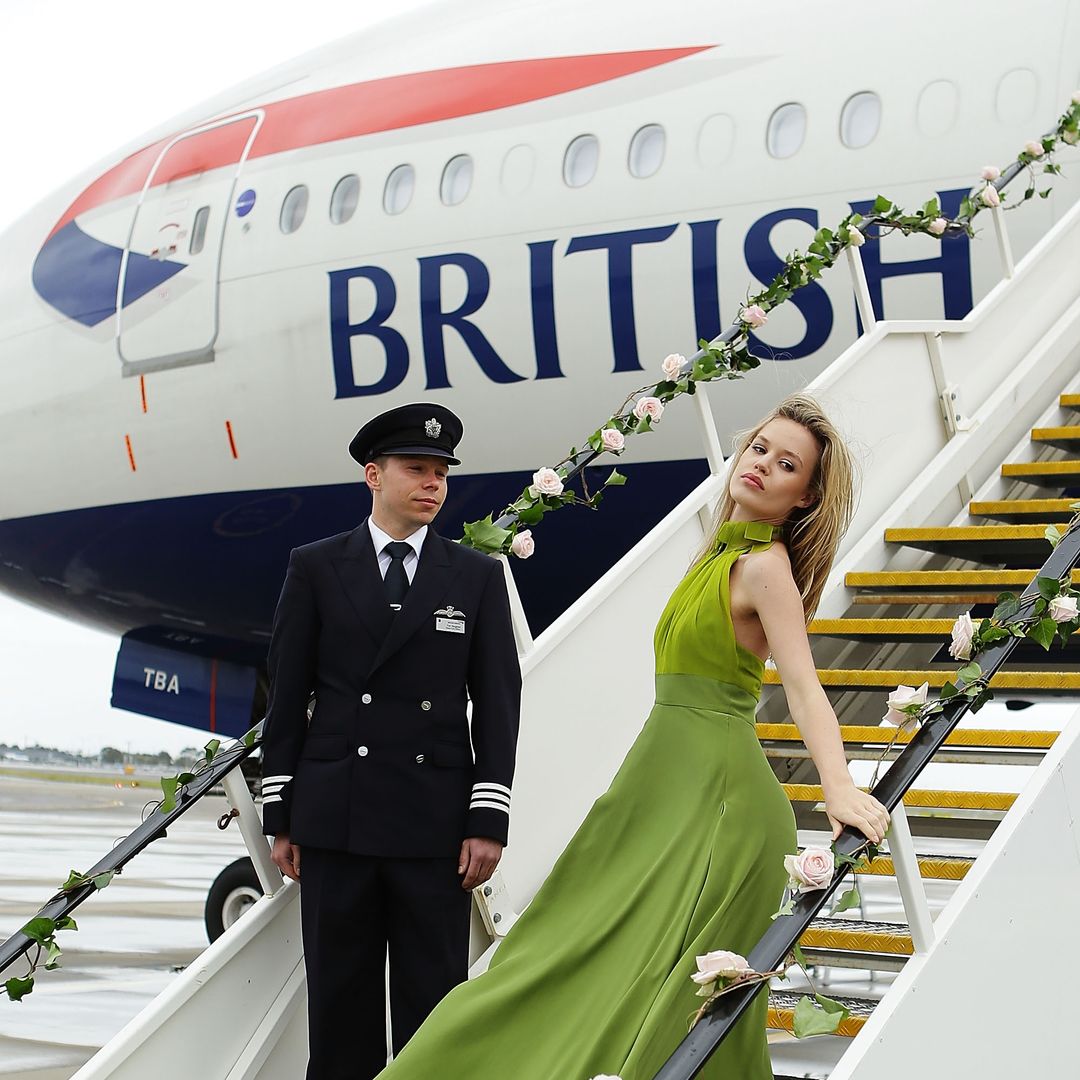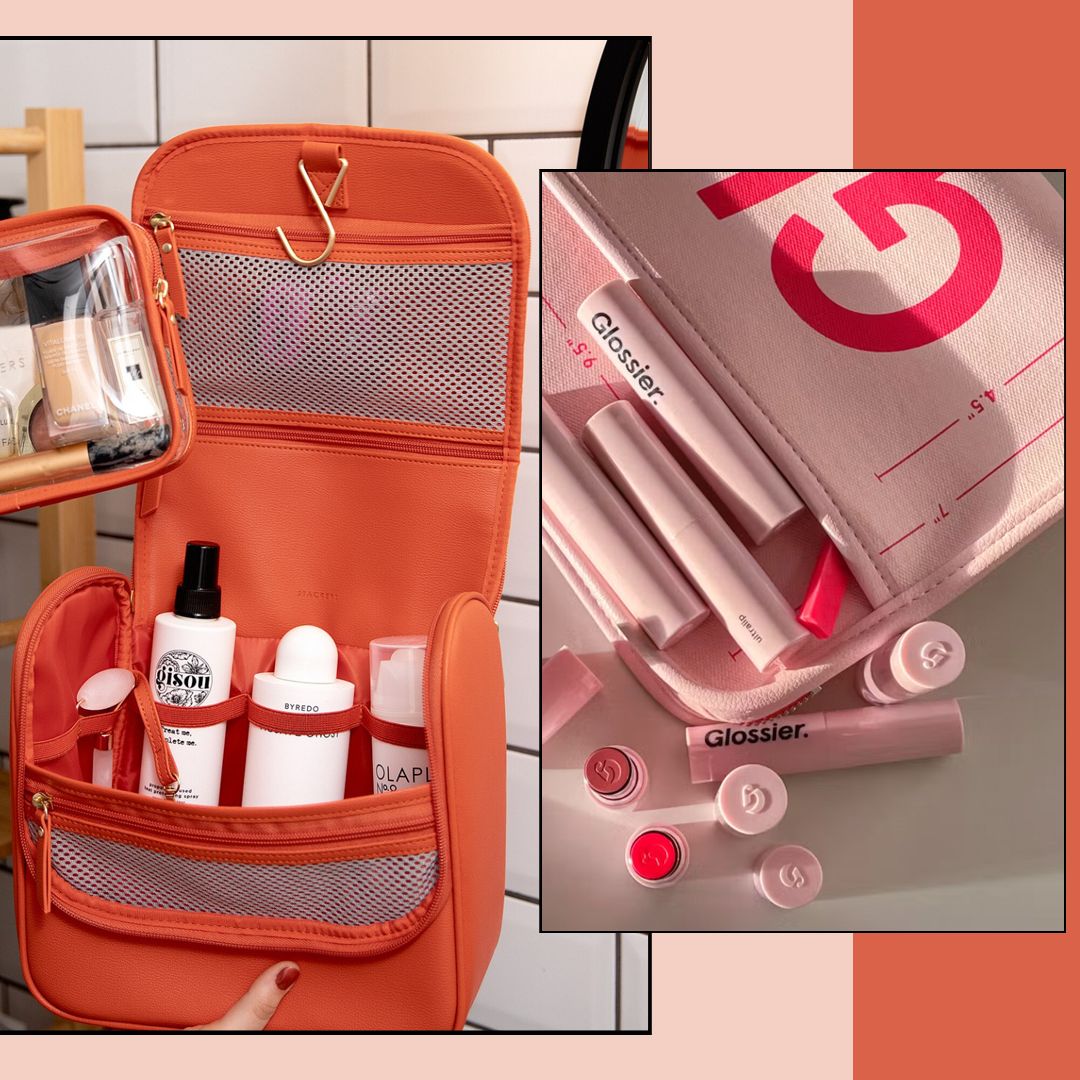The law surrounding children's booster seats and baby car seats are changing – and the new regulations are coming into effect very quickly! As of Wednesday 1 March, children who are shorter than 125cm or weighing less than 22kg won't be allowed to travel in a car on a backless booster cushion. The reason for the change is safety concerns after health officials deemed that backless car seats offer less protection in the event of a collision. The good news is that if you already own a booster seat, you won't need to buy a new one: the regulations only apply to products sold once the rules have come into force. However, it's worth making sure your current seat also meets existing regulations, as you could face a fine of £500 if you ignore the law and end up in court.
MORE: The top five apps every new mum needs in her life
Children should use a child car seat until they are either 12 years old or over 135cm tall: whichever comes first. Once they meet this age/height, they must wear a seat belt. The seat should be suitable for your child's weight and size - and you should check the manufacturer's instructions to make sure it's fitted properly. Height-based seats – also known as i-Size seats – should be EU-approved. To check this, look for a label showing a capital 'E' in a circle, and R129. Meanwhile, weight-based seats tend to fall into various categories – for example, kids weighing 0-9kg should be in a rear-facing carrier, those weighing 9-18kg should be in a rear or forward-facing baby seat with a harness, and those weighing 15-36kg, they should be in a rear or forward-facing child car sear, using a seat belt or harness.
MORE: A guide to setting children household tasks to help their development
If you're unsure whether your booster seat meets the standards, head to gov.uk/child-car-seats-the-rules for more information on what to look out for.










